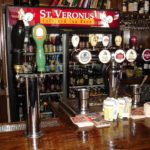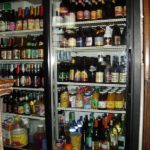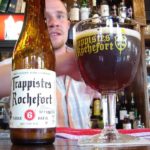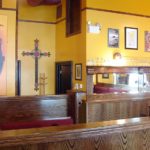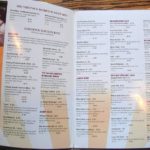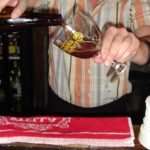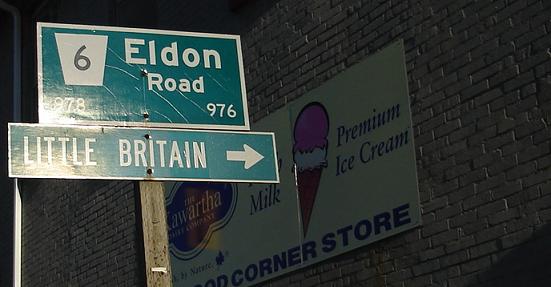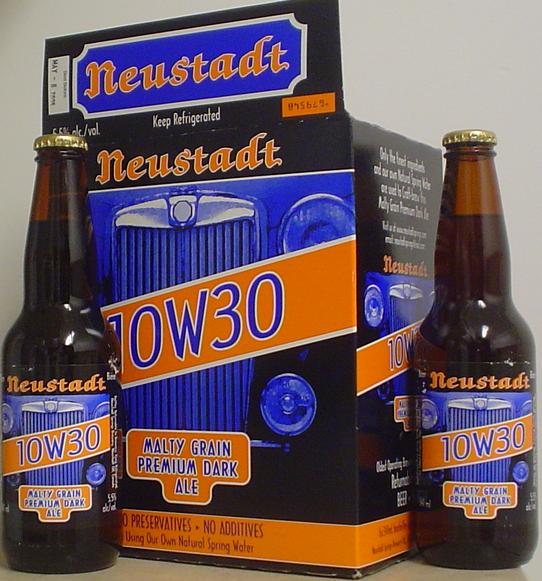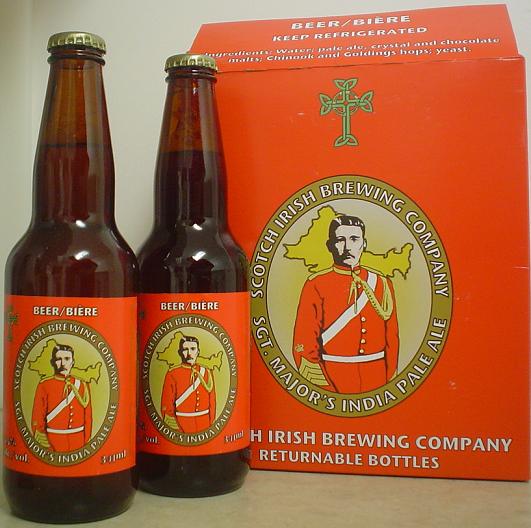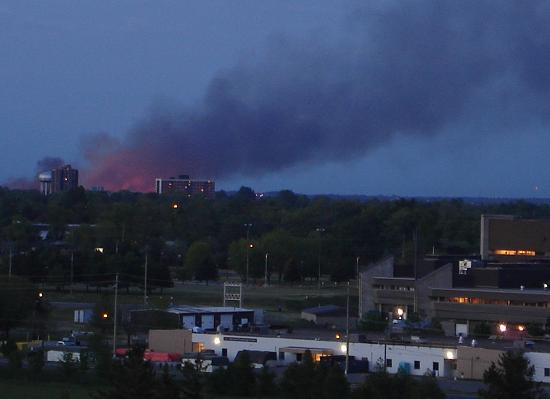
I just took these images from the roof of our building looking east to the other side of the City. I have not been able to find any local news service this Sunday evening to find out what is going on. I would estimate the fire to be at least 5 km away so it is pretty big.
Update: it was the reed march at the river on fire according to reports Monday morning.



And here is the article in the Whig:
Kingston Whig – 30 May 2005 “Firefighters suspect arson in massive marsh blaze”, by Ian Elliot
Firefighters suspect a major fire that burned a huge swath of the Great Cataraqui Marsh was deliberately set. Kingston firefighters were initially called to a large and fast-moving blaze just east of Weller Avenue right before 8:30 p.m. While they were battling that fire, which appeared to have started near the shore and burned out in a concentric ring, another blaze started about a kilometre north of the original fire and burned its way northeast towards Highway 401. “Field mice don’t usually carry matches,” observed Kingston Assistant Deputy Fire Chief Les Meers dryly after the second blaze broke out.
Kingston Police Staff-Sgt. Greg Sands said last night the fire will be investigated, although no one was in custody last night. “There were reports that two youths were seen running from the area shortly after [the fire] and that will be investigated,” he said. There were no reports of property damage as winds blew the fire away from the shore of the Cataraqui River. Nearby homes are protected by the CN Rail track which acts as a firebreak. “The winds were in our favour this evening,” said Meers. “They were blowing east and pushing the fire towards the river.” More than 20 Kingston firefighters were called out to fight the fire yesterday evening and it had been largely extinguished by press time. Several firefighters were to have been posted on the scene overnight to guard against flare-ups. Much of the firefighting was done by crews with backpacks holding several gallons of water, which they refilled from a tanker some distance from the fire. As the fire spread, they tapped into a hydrant on Shaw Street and ran the hose through a trench they’d excavated underneath the railway tracks. “It’s something we don’t like to do, but we have to,” explained Meers.
The fire was intense, and people watching it from their back porches along Montreal Street said, at its height, they could feel the heat from the flames on their faces from a distance of several hundred metres. The fire also drew hundreds of curious spectators, who clogged area roads and bridge overpasses that offered a view of the fire. A number of people also drove to a quarry on Highway 15 in the former Pittsburgh Township that offered a panoramic view of the marsh. There was a street-party atmosphere at the scene as people brought babies in strollers and carried digital or video cameras to snap pictures as the massive blaze spread. Cars also slowed or pulled over on the shoulder of Highway 401 to watch the fire burn and Kingston firefighters were ready to close that stretch of highway if the fire drew too close and interfered with visibility. Train traffic was slowed but not stopped as crews fought the fire. Several slow-moving trains passed through the area during the fire, with passengers on the trains pressing against the windows to see the blaze, which shot flames and embers 10 metres high at its peak and whose plumes of smoke could be seen for miles.
Bystanders lined the tracks and had to be shooed off by police and firefighters as trains passed through the area. The fire department has a boat but didn’t call it out last night. The fire department has been called to the marsh a half-dozen times already this year as a lack of rain has left it tinder dry, but yesterday’s fire was by far the largest this year. The marsh burns regularly in the spring and fall. While the spectacular fires rarely threaten houses, they do pose a threat to the phone lines that run along the east side of the tracks. They weren’t damaged in last night’s fire. In 1995, a particularly large fire destroyed 250 hectares of marsh and burned for almost 24 hours.
 New to the LCBO in a 650 ml bomb.
New to the LCBO in a 650 ml bomb.
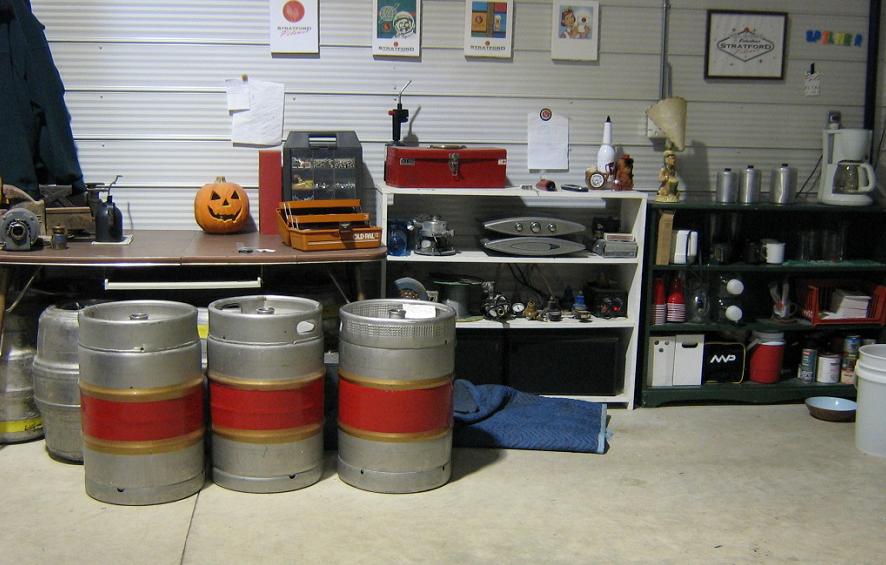
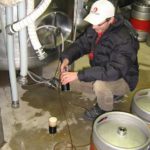

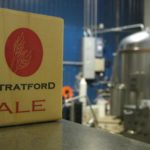








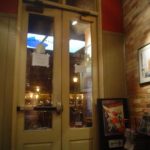


 The ribs themselves were worth attending again, though the were a smidge underdone for my liking. Meat should fall off ribs and the inner tissue should have essentially melted away. There was a bit too much of a gnaw to the meal but in terms of flavour and texture it was spot on. Served with a spring salad overly drenched in dressing and tastey fine cut herbed french fries. You can order extra ribs and I did, hence the Freddie Flinstone pile on the plate.
The ribs themselves were worth attending again, though the were a smidge underdone for my liking. Meat should fall off ribs and the inner tissue should have essentially melted away. There was a bit too much of a gnaw to the meal but in terms of flavour and texture it was spot on. Served with a spring salad overly drenched in dressing and tastey fine cut herbed french fries. You can order extra ribs and I did, hence the Freddie Flinstone pile on the plate.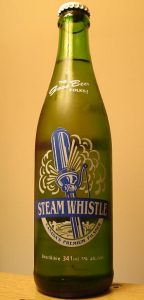

 words were never writ. We are now looking for jobs in the Peterborough area. Unaccustomed to great selection, great service,
words were never writ. We are now looking for jobs in the Peterborough area. Unaccustomed to great selection, great service, 
